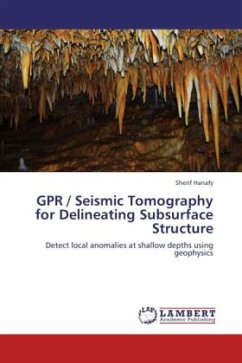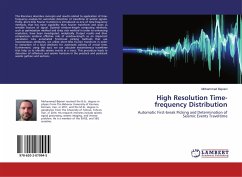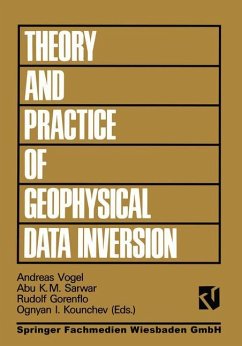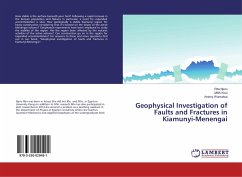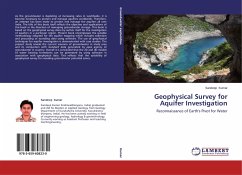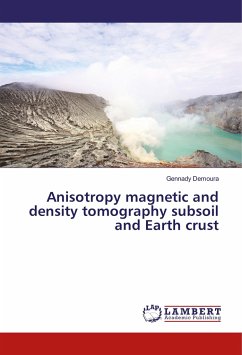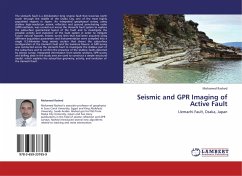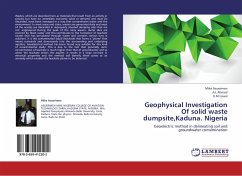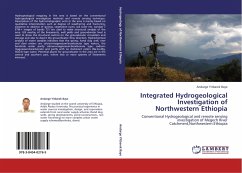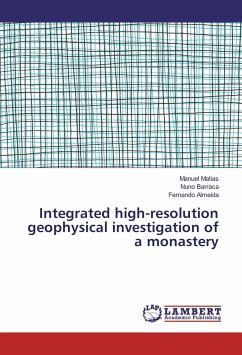
Integrated high-resolution geophysical investigation of a monastery
Versandkostenfrei!
Versandfertig in 6-10 Tagen
13,99 €
inkl. MwSt.

PAYBACK Punkte
7 °P sammeln!
Built heritage has become an important source of revenue for local councils and governments. Visiting people are avid for detailed historical information including construction details, characteristics and potential structures under the monuments. Furthermore, this knowledge is paramount in restoration and preservation projects. Unfortunately, such information is often scarce or difficult to find in written documents but it can be obtained from the use of Geophysical Exploration methods. This work presents a study carried out in a 14th century Monastery to investigate the nature of the ground ...
Built heritage has become an important source of revenue for local councils and governments. Visiting people are avid for detailed historical information including construction details, characteristics and potential structures under the monuments. Furthermore, this knowledge is paramount in restoration and preservation projects. Unfortunately, such information is often scarce or difficult to find in written documents but it can be obtained from the use of Geophysical Exploration methods. This work presents a study carried out in a 14th century Monastery to investigate the nature of the ground beneath it and the structure of its most important architectural elements. A team of geophysicists and a specialist in History gathered efforts to apply a high-resolution geophysical survey, including 3D resistivity, 3D ground probing radar, seismic tomography methods supported by high-resolution photogrammetry scanning techniques in the investigation of the above matters. As demonstrated, the techniques and methods herein discussed and developed provided excellent results and can be easily adapted and to use in other monuments or in contemporary buildings where similar problems can be found.



